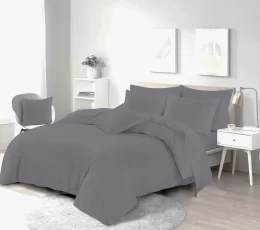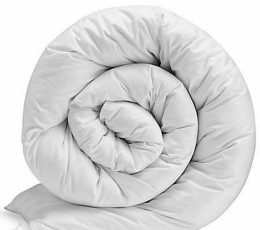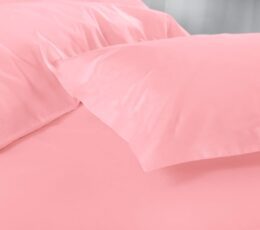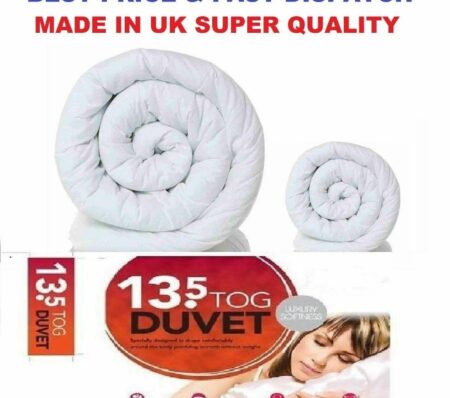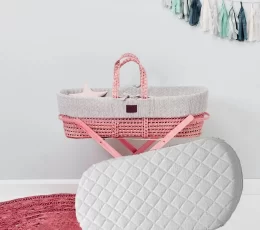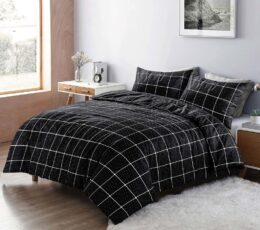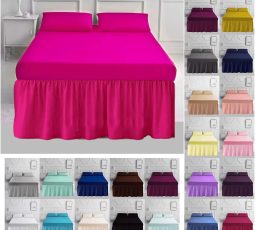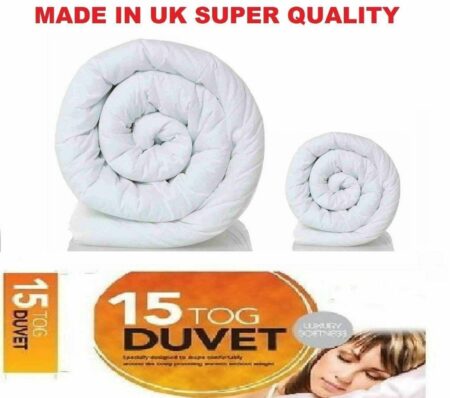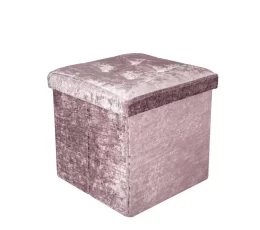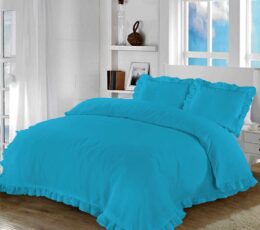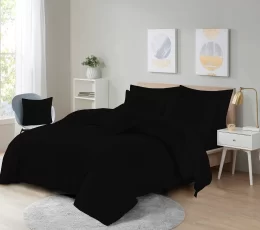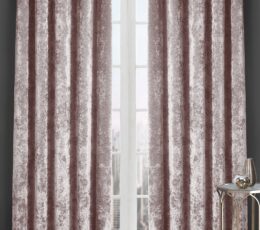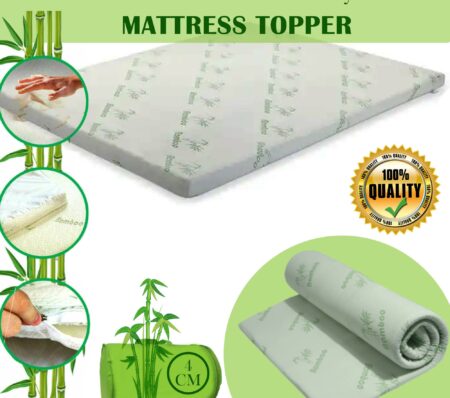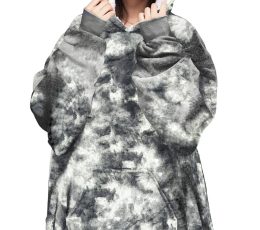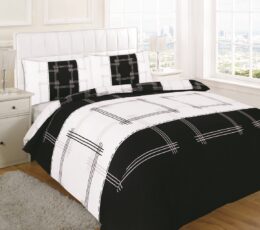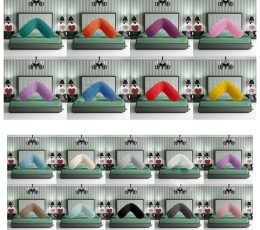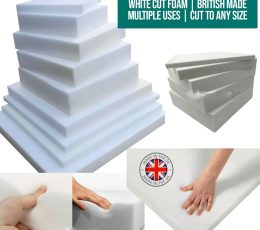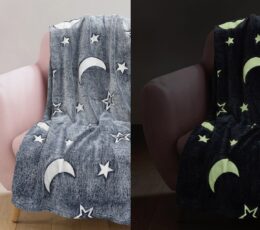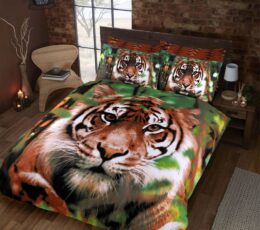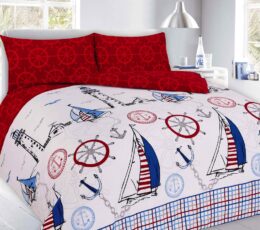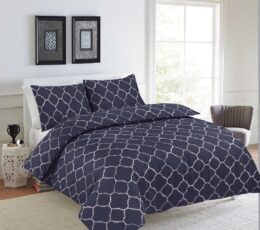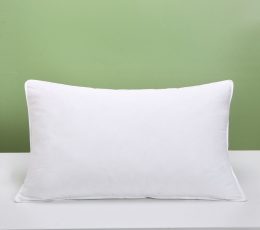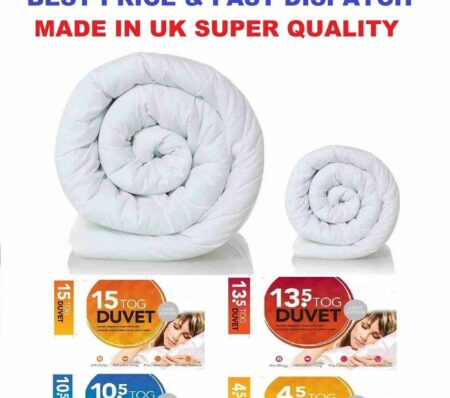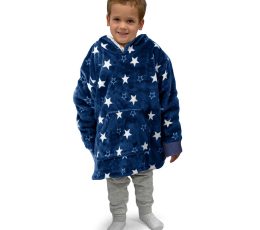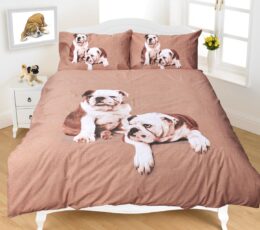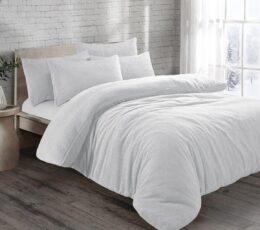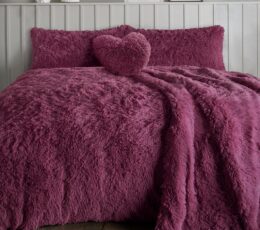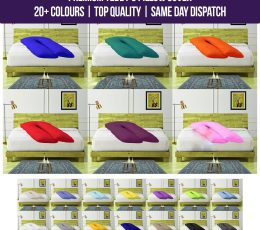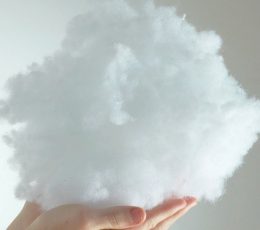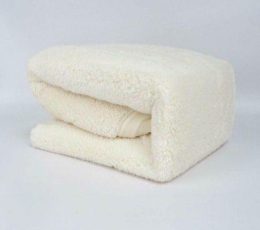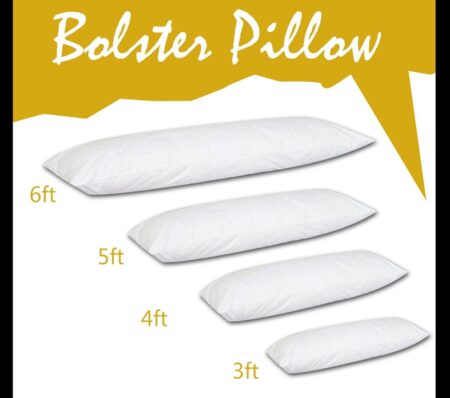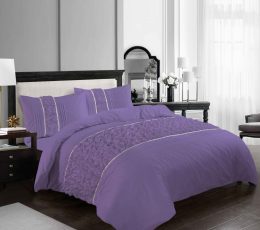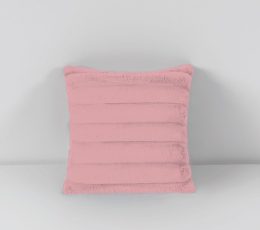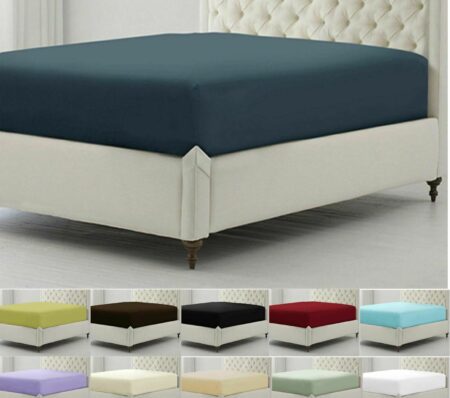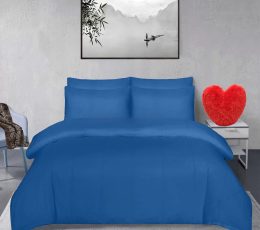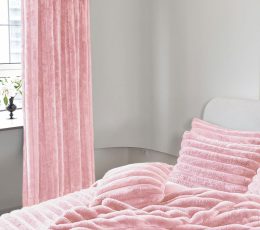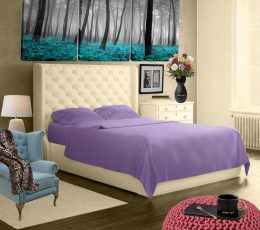When it comes to decorating your home, comfort is vital. And one of the most critical factors in achieving that comfort is choosing how cushion filling is being selected. Whether you’re remodeling your living room, updating your bedroom, or adding a plush touch to your patio, the right cushion can make all the difference. In this comprehensive guide, we’ll explore the available stuffing for cushions, their characteristics, benefits, and factors to consider when choosing the perfect one for your needs.
Why is proper cushioning essential?
Cushions aren’t just decorative items; They provide support, make the room look beautiful, and, most importantly, comfort. The suitable cushion pads can ensure a comfortable and relaxing experience for you and your guests. Here are some reasons why choosing the right cushion is essential.
Comfort: A variety of accessories for comfort and support. Choosing the right one makes your cushions easier to sit on or sleep on.
Durability: The packaging you choose can affect the longevity of your cushion. Some inserts are more flexible and last longer than others.
Maintenance: Some cushion fittings require more care and maintenance than others. It’s essential to choose one that suits your lifestyle and cleaning preferences.
Cosmetics: The type of filler can also affect the look of your cushion. Some fillings give a nice, full texture, while others give it a smooth, customized surface.
Types of Cushion Fillings
1. Polyester fiber: Polyester fiber fill is popular because of its affordability and ease of maintenance. It makes you feel beautiful and non-invasive. However, it flattens over time, so regular fluffing is necessary. These inserts are an excellent choice for decorative or occasional fabrics.
2. Foam filling: Foam inserts come in different densities, making them suitable for other applications. The high-density foam provides firm support and is ideal for seat cushioning. The low-density foam feels soft, perfect for back cushioning. Memory foam cushions are another great option known for their exceptional support and contouring capabilities.
3. Down and feathers: The feathers below are valued for their delicate softness and elegance. The underside is light and smooth, while the wings are more supportive. However, the price of these inserts can be expensive and may require a lot of fluffing to keep them in shape.
4. Polyurethane foam filler: Polyurethane foam is a synthetic foam that is very durable and provides excellent support. It is commonly used in high-end furniture and is perfect for durable fabrics. This foam can be made to adjust to different pins and resists sagging.
5. Kapok filling: Kapok is a natural hollowfiber filling from the seeds of the kapok tree. It is lightweight, hypoallergenic, and environmentally friendly. Kapok-filled cushions provide a comfortable and supportive feel and are a good choice for eco-friendly options.
6. Latex filler: Latex is a biodegradable material that provides comfort and support. It’s resistant to dust and mosquitoes and provides a nice soft cushion. Latex-filled fabrics can be a little more expensive but are worth the investment for their durability
Which Cushion Filling is Best?
The “best” cushion filling is subjective and depends on your specific needs, preferences, and intended use of the cushions. Each filler material has its advantages and disadvantages.
There is no one-size-fits-all answer because filling in the “best” depends on your priorities. Polyurethane foam or latex may be the best choice, considering durability and support. The bottom and stuffed feathers might be better if you want a softer, more elegant look. Kapok is an excellent choice for environmentally friendly and hypoallergenic.
Consider your budget, how you want to use it, and your personal comfort preferences when deciding. Experimenting with different fabric textures to see what feels most comfortable may also be worthwhile.
FAQs
What is cushion filling, and why is it essential for a cushion?
Cushion filling refers to materials that fill the buffer and provide comfort and support. Determining the comfort, strength, and appearance of your pillow is essential.
What are the most common cushion materials?
Common cushion materials include polyester fibers, foam, down and feathers, polyurethane foam, kapok, and latex.
How do I choose the right cushion filling for my pillow?
When selecting, consider your intended use, comfort level, maintenance, budget, personal comfort preferences, and your desired cushion durability.
How do I choose the right cushion filling for my needs?
Consider factors such as intended use, allergies, maintenance needs, budget, personal comfort, and longevity preferences. Experimenting with cushions with different fillings can help you find the best fit.
Are there hypoallergenic cushion fillings for people with allergies?
Yes, many allergens exist, such as polyester fiber inserts, kapok inserts, and latex inserts. These products rarely trigger rashes and are ideal for those with allergies.
How do I care for and clean different fillings?
Cleaning and maintenance methods may vary. Fillers like polyester can often be machine washed, while natural fillers like down may require professional cleaning. Be sure to follow the manufacturer’s maintenance instructions.
What is the most challenging cushion-filling method?
Polyurethane foam and latex are known for their durability. They resist fading and can provide long-term support. Investing in these options can extend the life of your cushions.


